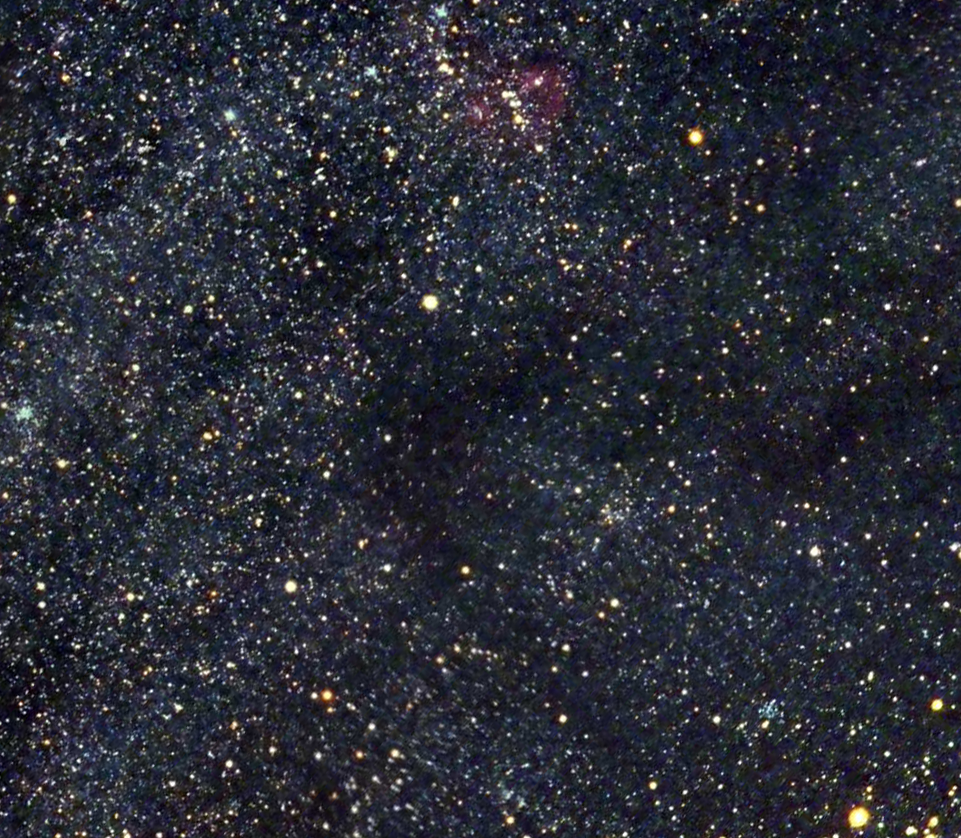What We Know About the Young Planet 2M0437b
Scientists from the University of Hawaii, along with Mānoa students, have discovered a new planet designated as 2M0437b. This discovery could enhance our understanding of how planets form and evolve over time. The research has recently been published in the *Monthly Notices of the Royal Astronomical Society*.
Confirmation Took Three Years
The existence of 2M0437b was initially identified in 2018, but it took nearly three years to confirm its nature. The reason for this extended verification lies in the planet’s distance from its star, which is roughly 100 times greater than the distance from the Earth to the Sun. As a result, 2M0437b has a slow orbit, and its star also moves slowly. Only recently was it established that the planet is indeed orbiting its star. The star, named 2M0437, is about 2.5 million years old, making it relatively young, and it is located 420 light-years from Earth. Its mass is estimated to be between 15% and 18% of the Sun’s mass. In contrast, the young planet has a mass between 3 and 5 times that of Jupiter, which is intriguing since such a massive planet typically requires a longer time to form.

The Taurus Molecular Cloud
The “Taurus Molecular Cloud,” where both the planet and its host star reside.
The First Photo of Exoplanet 2M0437b
Due to the exoplanet’s relative proximity to Earth and its distance from its star, a direct image was captured. Professor Gaidos, the lead author of the study, remarked that analyzing the light emitted by the planet allows scientists to learn more about its composition and possibly gain insights into the gas and dust disk surrounding its star. Exoplanet 2M0437b is so young that it is still quite hot, and scientists believe that one or more moons may still be forming around it. There’s no doubt that the red dwarf 2M0437 and its giant planet 2M0437b create a fascinating duo. Researchers are excited about the prospect of further observations to better understand the formation and evolution of such planets.
—

